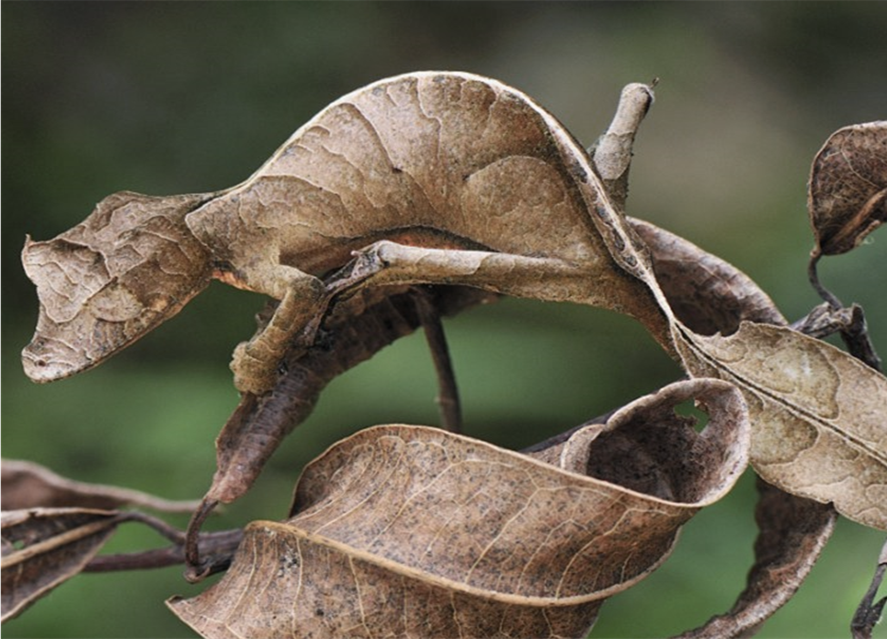

These cookies ensure basic functionalities and security features of the website, anonymously. Necessary cookies are absolutely essential for the website to function properly. Anacondas Are Sloth Predators In The Water.Spectacled Owls Prey On Sloths In Trees.Crested Eagles Are Sloth Predators From The Sky Too.Harpy Eagles Are Sloth Predators From The Sky.Margays Are Capable Of Climbing Trees To Prey On Sloths.If caught on land, these animals have no chance to evade predators, such as big cats, and must try to defend themselves by clawing and biting. How do three toed sloths defend themselves?īeside this, how do three toed sloths defend themselves? They must dig into the earth with their front claws and use their strong front legs to pull themselves along, dragging their bellies across the ground. This behavior, combined with the green color of their fur, helps them hide from predators. Their most common resting position is curled into a ball in the branches of a tree, resembling a termite nest or a knot in the wood. Two-toed sloths are well camouflaged in tree canopies. How do two-toed sloth protect themselves from predators? Since sloths are one of the slowest animals in the world, this makes it hard for them to escape quickly from humans encroaching on their territory. Due mostly to the pet trade, sloths are often hunted illegally.
#Sloth predators free#
Sloths can live for 20 years in the wild if free from the perils of hunters and predators. More than half the deaths Pauli and collaborators documented during field research came at the claws and teeth of predators pouncing on sloths on or near the ground. The fastidious ritual - nearly the only reason a sloth leaves the limbs of just a few trees - may be the leading cause of death among the sloths. What is the number one cause of death in sloths? The pale-throated sloth can hang so securely with its hooklike claws that it even falls asleep in this position. Known predators include jaguars, margays, harpy eagles, and anacondas. Three-toed sloths cut down on the inconvenience by only pooping an average of once every week, a frequency that would have most of us downing laxatives and praying for death. Sloths usually travel through the treetops, but thanks to the expansion of urban areas and road networks, gaps in the canopy are being encountered by sloths more frequently. One of the biggest threats that wild sloths face is forest fragmentation, a result of habitat destruction.

A camouflaged coat and slow movement make sloths hard to see among the leaves. The sloth’s main defense against predators is to claw and nip at an attacker.

Predators: The jaguar and harpy eagle are the main predators of sloths. Sloths’ main predators – big cats like jaguars, ocelots and birds such as harpy eagles – all primarily detect their prey visually, and it is likely that sloths simply move at a pace that doesn’t get them noticed. Jaguars and eagles are common predators of sloths.

4 What are pale throated sloths predators?.Females emit crooning sounds to their cubs. Sounds such as gurgling or humming are made by bears resting or sucking their paws. When hurt or afraid, they shriek, yowl, or whimper. Yelps are made when bears are angered, threatening, or when fighting. Sloth bears are very vocal and communicate with the help of barks, screams, grunts, roars, snarls, whickers, and woofs. To mark their territories, they scrape trees with their forepaws and rub against them with their flanks. Females carry their cubs up trees as the primary defense against attacks by predators instead of sending them up trees. They may climb to feed and to rest, though not to escape enemies, as they prefer to stand their ground. Although they appear slow and clumsy, Sloth bears are excellent climbers. Sloth bears walk in slow, shambling motion but are capable of galloping faster than running humans. They make their day beds out of broken branches in trees and rest in caves during the wet season. They are nocturnal, though females become more active in the daytime when with cubs. Sloth bears are generally solitary animals, however, they are sometimes seen in pairs.


 0 kommentar(er)
0 kommentar(er)
